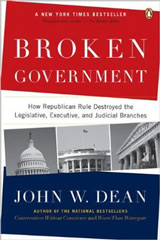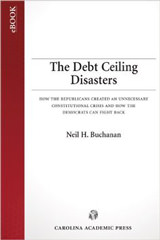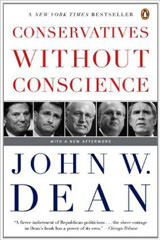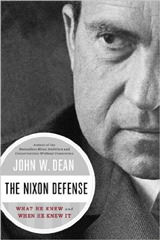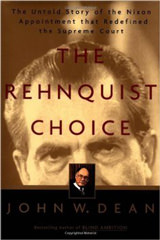Cornell University law professor Michael C. Dorf explains why, if Congress wants to ban or further regulated the sale of “bump stocks,” it should act quickly or risk missing the window in which regulation is possible. Dorf points out that the test the Supreme Court uses for whether weapons count as “arms” protected by the Second Amendment is whether they are in “common use,” not whether they are “dangerous and unusual weapons.” Dorf argues that so long as bump stocks remain legal, people can accumulate them, and if enough people do that before they are banned, there could be so many in circulation as to qualify as in common use, thereby falling within the scope of Second Amendment protection.
Vikram David Amar is a Distinguished Professor of Law at UC Davis School of Law and a Professor... more
Neil H. Buchanan, an economist and legal scholar, is a visiting professor at the University of... more
Michael C. Dorf is the Robert S. Stevens Professor of Law at Cornell University Law School. He... more
Samuel Estreicher is Dwight D. Opperman Professor of Law and Director of the Center of Labor and... more
Dr. Leslie C. Griffin is the William S. Boyd Professor of Law at the University of Nevada, Las... more
Joanna L. Grossman is the Ellen K. Solender Endowed Chair in Women and Law at SMU Dedman School... more
Professor Marci A. Hamilton is a Professor of Practice in Political Science at the University of... more
Mr. Margulies is a Professor of Government at Cornell University. He was Counsel of Record in... more
Austin Sarat is the William Nelson Cromwell Professor of Jurisprudence and Political Science at... more
Laurence H. Tribe is the Carl M. Loeb University Professor Emeritus at Harvard University and... more
Lesley Wexler is a Professor of Law at the University of Illinois College of Law. Immediately... more






